The Bahrain Grand Prix provided the first pecking order of the teams in the 2024 season.
The result, perhaps already anticipated from pre-season testing, was that of a very competitive, extremely balanced Red Bull RB20.
The Milton Keynes team's machine, observed up close for the first time, showed high refinement not only in terms of the aerodynamic but also mechanical solutions adopted.
A very interesting area is the evolution of the front suspension which, while remaining in the pull rod configuration, has modified the connecting element between the two front pick-up points of the upper wishbone.
In essence, while on the RB19 it consisted of a blade pivoted into the front panel of the chassis, it is now actually embedded in a sort of "mini beam - rib" further back.
It was possible to appreciate the thickness of this element which effectively makes the arm of the upper wishbone a single piece, effectively counteracting or rather dampening longitudinal oscillations, i.e. the pitching of the car.
Behind the RB20, as the second best is Ferrari, with an objectively bittersweet result. On the one hand, in fact, as boss Frederic Vasseur himself specified, the SF-24 was able to halve the gap to race-winner Max Verstappen compared to 2023.
The 22s that separated Sainz from Verstappen highlight the car's notable progress in terms of managing tyre degradation, although this can still be perfected.
In this sense, in addition to the better distribution of the aerodynamic load that characterises this car compared to the previous one, praise must also go to the suspension designers for a dynamic balance that was particularly evident in the twisty sections of the Sakhir track.
Viewed by others:
Leclerc's problem
It is important to note that during winter testing, the Ferrari engineers were able to carry out fine-tuning of their front-suspension by modifying its kinematics at the level of the lower pick up point of the push rod link to the upright.
At the same time, the result obtained on Saturday evening cannot be considered fully satisfactory, especially in light of the brake problem which strongly affected Charles Leclerc's race.
In fact, at a macroscopic level, it was a temperature problem with the front discs, or rather non-uniformity, with the left disk decidedly colder than the right one, with a difference of over one hundred degrees.
This caused lockups only on one side, significantly compromising the overall braking of the SF-24.
The ultimate cause of the problem had not been identified during the race. At first it was thought that the left front brake air intake was incorrectly assembled, the exit deflector of which had been replaced in parc fermé after qualifying.
In reality, Vasseur himself declared that the fault had not originated from this component, requesting, in order to identify it, an in-depth analysis of the system after the race once the cars were released from parc fermé.
Despite the problem suffered by Leclerc, it remains complex to evaluate the performance over the entire weekend.
In detail, if on the one hand, the improvement in the management of tyre degradation is objective, it is equally evident that in this respect an optimal level equal to that of Red Bull has not yet been reached.
This is certainly a much better starting point than 2023, where it immediately seemed clear that it was difficult to extract performance from the SF-23, which was also severely limited in subsequent developments by the specific architecture that characterized it.
Next weekend, the Jeddah track is a totally different terrain, both in terms of layout and type of asphalt. The aerodynamic load will be much lower than that adopted in Sakhir, as will the suspension set-up, especially with regard to ride heights.
In essence, it will be a track that will allow us to answer other questions, thus giving a more defined picture of the intrinsic characteristics and actual potential of this car.
To date, it is only possible to say that it is the best of the "terrestrials", behind the UFO that is the Red Bull.
What about Mercedes?
In Sakhir, the SF-24 underwent extensive changes over the weekend although these concerned both the lateral edge of the floor with a different configuration of the longitudinal slit, and a partialisation of the air intakes at the height of the engine cover.
They were reduced from the four of the standard configuration to a single one, especially with the race taking place at dusk into night, therefore with lower ambient temperatures, which even during daylight hours proved to be decidedly lower than is normal for Bahrain.
Mercedes, on the other hand, with the W15, the car that technical director James Allison of the Brackley-based team had defined as better in terms of race pace in the simulations carried out in the tests, compared to the Ferrari, presented itself with an almost unchanged configuration, but characterized by large gills at the base of the engine cover.
The entire aerodynamic study at the level of the ducts through which the hot air vents from the radiators appears, unlike other cars, with the RB20 obviously leading the way in terms of extremes, more as a function of the individual reliability of the Mercedes power unit than pursuing exploitation of the hot outgoing flow for mainly aerodynamic purposes.
Red Bull's front suspension
The RB20 has maintained the same suspension layouts as the RB19, but this does not mean that these elements have remained unchanged.
The front one, in particular, is very refined with a slight retreat of the pickup points of the upper wishbone which also involves the passage of the connecting element between the two pick up points which makes the front arm monolithic.
The thickness of the sort of mini rib that contains the "blade" that joins the two arms into a single one is interesting.
SF-24 Kinematics
The kinematics of the front suspension of the SF-24 were modified in testing, after fine-tuning.
In detail, the engineers had worked on the lower pick-up point of the push rod link to the upright.
Key questions surrounding the SF-24 and W15
Over the weekend, all the cars tested various solutions in terms of heat venting gills.
It was interesting to note how in the version adopted in the race by Ferrari, a single gill was adopted compared to the series of four in the standard version.
On the other hand, Mercedes, which upon close observation seemed to be the one where the study of vents for heat dissipation did not follow a logic of increasing aerodynamic performance, has adopted large gills in the lower part of the engine cover to guarantee an adequate heat exchange to the power unit.
Don't miss out on any of the Formula 1 action thanks to this handy 2026 F1 calendar that can be easily loaded into your smartphone or PC.
Download the calenderMost read
In this article
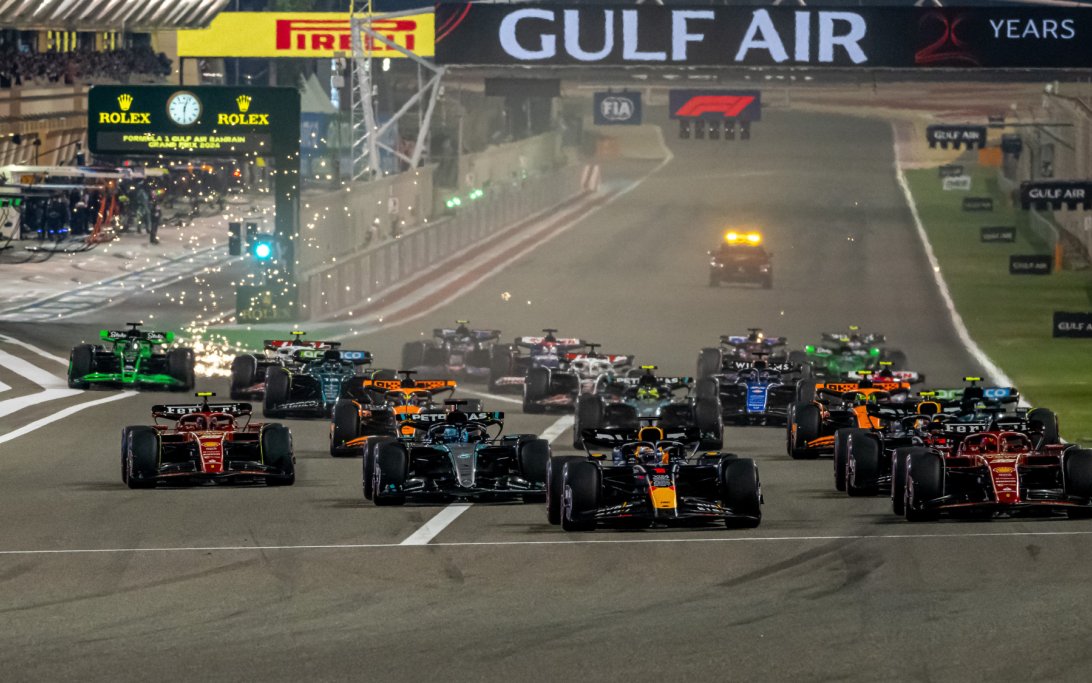
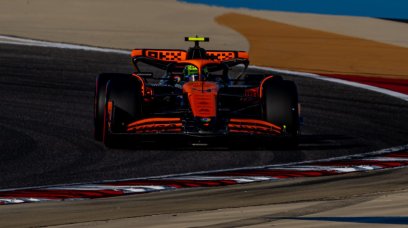



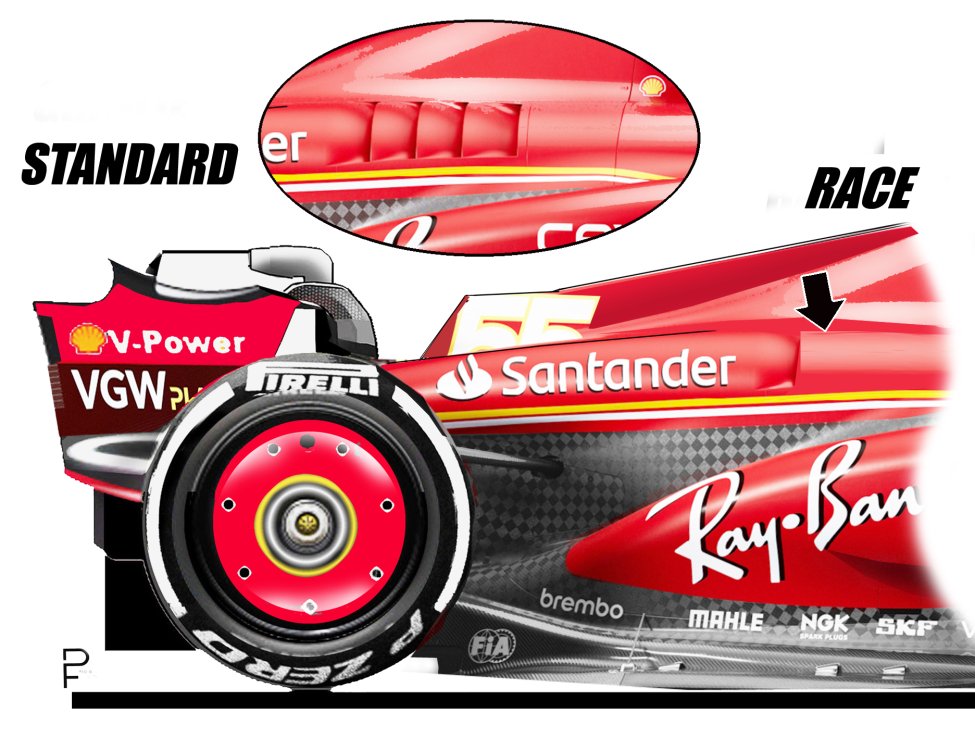
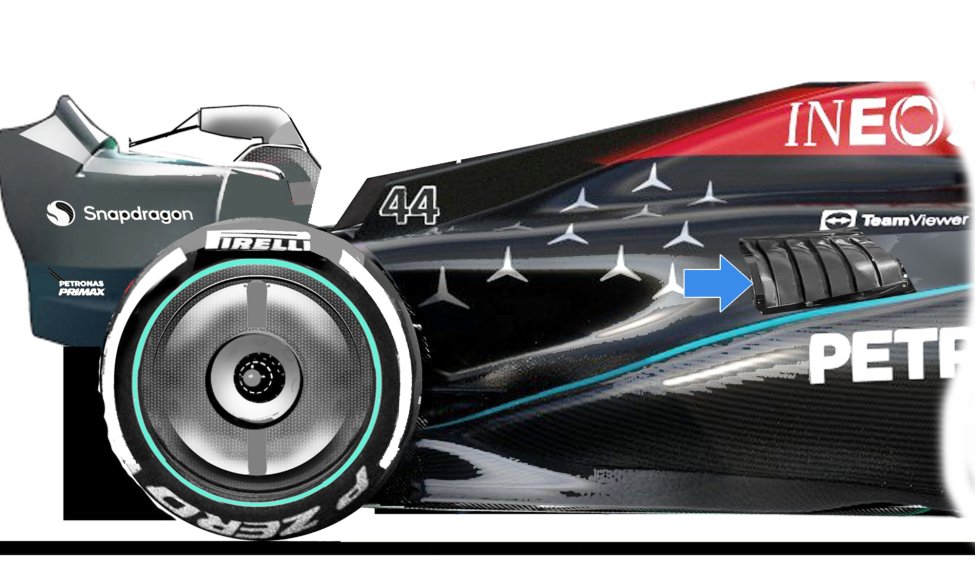




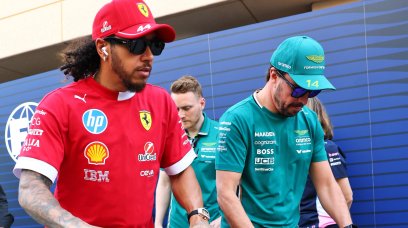
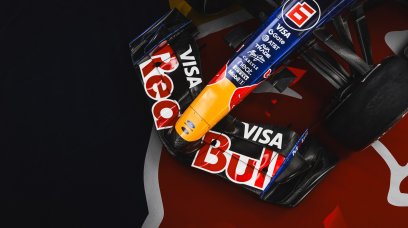


Join the conversation!